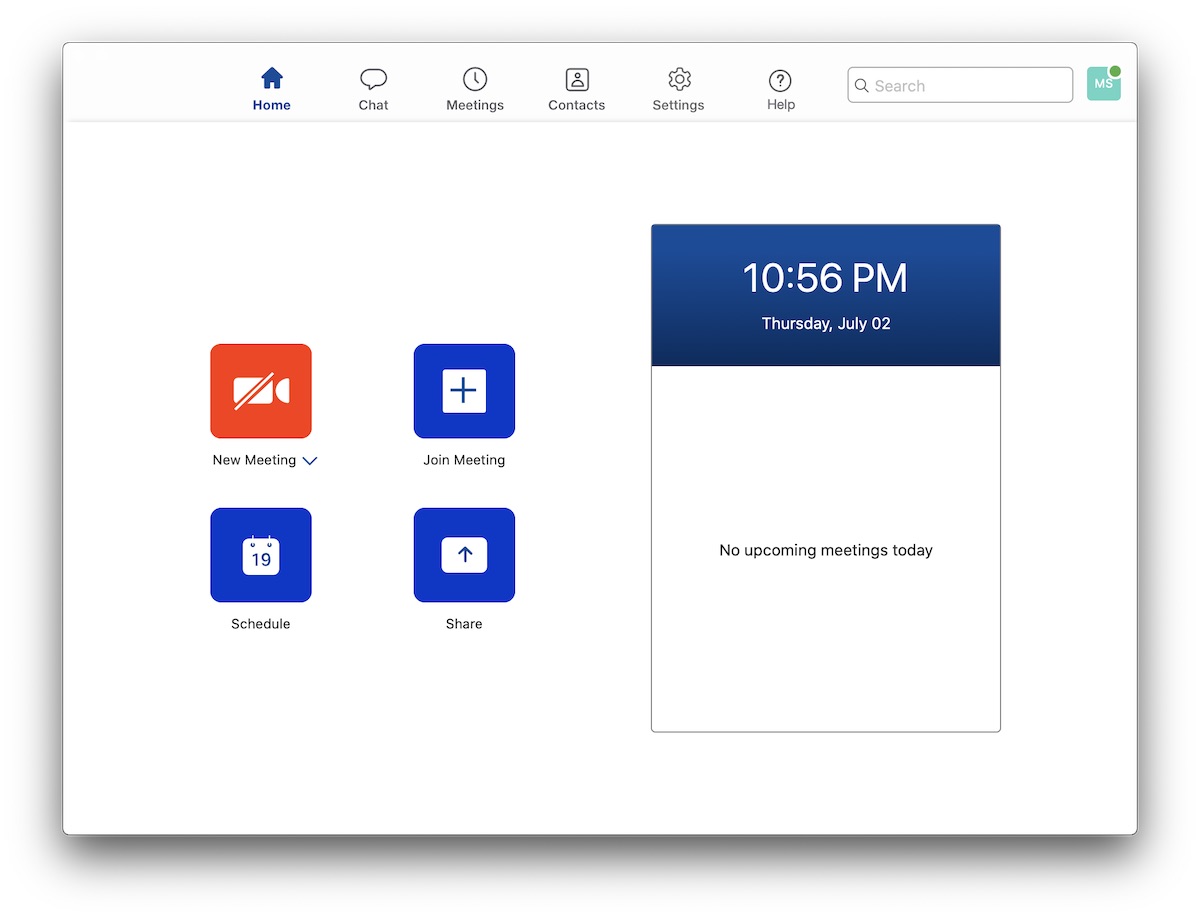Rachel Sheppard
Contributor
Any disaster will have its harshest repercussions on people who were already marginalized. It’s unsurprising, then, that when it comes to jobs and businesses, the COVID-19 lockdown is impacting women and ethnic minorities more than anyone else.
In April, unemployment shot up to 15.5% among women, 2.5% higher than for men. The rate was also higher among African Americans and Latinx people than for white people, with Latinx reaching a record 18.9% unemployment.
Women, especially from more disadvantaged backgrounds, are going to be taking the lion’s share of caregiving responsibilities at home during the pandemic, making them more vulnerable to job cuts. At the same time, underrepresented employees in general may feel more marginalized than ever as job security is put on the line.
It’s been hard to get to where we are on diversity and inclusion. Slowly but surely, diversity and inclusion have become a highly visible element of any company. But as COVID-19 turned up the pressure for businesses around the world, that progress came under threat as D&I initiatives took a back seat. The killing of George Floyd and the subsequent protests reignited D&I efforts in magnitude, but how can we ensure that, as time passes, those efforts are maintained with energy and determination?
This may be the shock to the system that will make business leaders realize that diversity is not an accessory or PR stunt — it is an integral part of the daily lives of each and every member of your team. Today’s consumers and your co-workers demand socially conscious companies, which is why D&I is vital to making any startup a well-rounded business. It’s also imperative for supporting economic recovery on a larger scale. Forgetting to preserve and improve D&I as we battle through COVID-19 will not only set us back years in terms of equality, it will worsen our collective chances of getting through this turbulence unscathed.
D&I matters to your business’ survival
It’s understandable that most startups today will be in survival mode. But D&I cannot be cast aside as a nonessential part of your business. It’s quite the opposite. More diversity is a known indicator for better economic performance and improves a business’ chances of thriving through a recession.
We often hear about how diversity means more innovation in a company. Consider just how important this is today. Facing a crisis with no precedent, weighing up a variety of insights and solutions is vital to finding an intelligent lockdown strategy. As business leaders, we need to know what the world around us looks like right now, and that means knowing what people of all backgrounds are experiencing.
We also can’t afford to not take into consideration the long-term effects of today’s actions. Survival can’t mean usurping what your company stands for. If you sacrifice diversity now, you might retain employees for the time being, because they’re scared of being jobless. But you will have undermined the trust that your workers place in you and you will be sure to lose them far more easily once the situation eases. This is very true for customers too — the crisis is driving the public to support purpose-driven and diverse businesses more than ever, and you will be left out if you don’t meet those values.
Even if you’re not hiring, work on diversity and inclusion
So how can a startup keep diversity a priority in this strange new world? Sure, you may not be hiring, but that’s not the only way to improve diversity. Take this time to revisit your internal culture. The virus is forcing us to see our business from different angles — we’re looking into the homes of our co-workers, hearing about the personal issues affecting their work lives and about the work issues affecting their personal lives. Let’s make sure your company culture is not part of the problem.
You need to be accessible. Are some of your employees scared to speak up about their issues? Is there a big morale problem that you haven’t been able to alleviate? If so, then you need to work on making your workspace more inclusive, open and friendly. This is more than building up team spirit with morning coffee Zoom get-togethers and after-work networking. It’s about weeding out any systems that bring repercussions to people who voice their concerns; it’s about encouraging them to do so; it’s about recognizing every member of a team and every person in a meeting, not just the executives present.
The lockdown has shown that many people can work remotely, effectively. Can you use this in future to give employees a greater chance of success — perhaps those who live far from the office, or who have children or elderly relatives to care for? Many HR departments are probably focusing efforts away from hiring at the moment and could instead be put in charge of employee success, which means identifying and addressing the unique concerns of each of your staff (you might even consider assigning a full-time staff member to this role).
This is key to making your company a welcoming place for underrepresented employees who are often more wary of their circumstances than their co-workers, both now and in the future. It will help them grow and want to stay in the company, as well as attract a more diverse employee pool in the future.
In case you are hiring, there are innovative solutions to help you attract more diverse applicants to your company. Joonko’s technology integrates to your applicant tracking system to boost the visibility of underrepresented potential hires. Pitch.Me aims to tackle bias by presenting candidate profiles anonymously, including only relevant information about experience and skills but with no information regarding gender, age or ethnic background. Services like DiTal help tech businesses connect with potential employees from diverse backgrounds.
Reassess what internal success looks like
Before COVID-19, the key performance indicators for your business might have been the number of sales per rep, or the number of leads generated in a week. Those quotas are now unrealistic, and more importantly, they’ll be tougher to reach for employees with less time on their hands. That means people with more caregiving responsibilities — often women — or with less disposable income, and statistics show that people from ethnic minorities are more likely to be affected by the virus.
You have to create a work environment in which people with less time and resources can still achieve their professional goals. We typically hear that 80% of the most valuable work takes up 20% of a team’s time; well, let’s make sure your staff is focusing most of their efforts on that 20% of valuable energy. Build a new business plan that reassesses what the company needs to achieve in the near future, and set new metrics that hyperfocus on that bottom line. Think about how important it is to each of your co-workers’ morale to be able to meet their goals day in day out, despite today’s challenges. Furthermore, being adaptable for the benefit of your staff is an admirable quality that will not easily be forgotten.
An important note — helping everyone reach success means giving everyone the resources to do so. No one in your company should be unequipped to this “new normal,” which means good laptops or devices and speedy internet. Don’t hesitate to invest in people who need it.
Prioritize career development
Career development is vital for underrepresented employees, for whom upward mobility is always harder. People from minority backgrounds tend to have less robust business networks, exactly because they are the minority in the business world. We can never stop fighting this vicious cycle.
So take a look at your team and think about who you can help ascend in their career. Prioritize underrepresented people now because they are more likely to get hit harder by the lockdown and have a tougher recovery. Even if you don’t see it from an altruistic perspective, including underrepresented employees in your leadership now will lead to better economic local recovery and improved outcomes for your company.
One option is sponsorship programs in which you or other senior leaders advocate on behalf of selected employees (as well as acting as their mentors). Think of it as equally distributing the networks and influence accumulated by business leaders among a more diverse pool of people.
Bring diversity into your brand
We’ve looked inward, now let’s look outward. How can you change how your industry looks, even in times of crisis. To reach the huge visible changes we’ve seen in, for example, branding in the fashion industry, took influential people making decisions at powerful tables. But it would be ironically easy to see things regress to a more heterogeneous state.
Stopping this from happening means making those big decisions yourself, and uniting others in joining you. Leverage your brand and bring your internal diversity to the forefront of everything you do — the mentors who give their time to startup organizations, the speakers you put forward for online events. Make a conscious push for your external marketing to display as much diversity as possible, especially amid fears that the advertising space will compromise its diversity standards in response to COVID-19.
Support other underrepresented founders
If you have the resources, help struggling founders get through the lockdown. There may be small or mid-sized women or minority-led companies within your community that need your support. If you’re sending employees care packages and gifts, make the extra effort to source them from underrepresented local businesses. It’s not hard to do — there are organizations that can help you connect to such companies around the United States, such as Women Owned’s business directory and Help Main Street.
Large companies can work with Hello Alice to directly fund smaller companies founded by every underrepresented group in the United States, from veterans to LGBTQ+. IFundWomen is a large network of women-founded businesses you can choose to fund — or join — and it has a wing specifically for businesses owned by women of color. As a business leader you can always be seeking out diverse founders to collaborate with; For example, check out this amazing list of Latinx founders catering to the United States’ enormous Latinx markets, as well as finding solutions to improve diversity in business.
The NAACP has fought for equal rights for people of color for over a century. You can support them and their ongoing work, which ranges from campaigning for crucial reforms to spotlighting emerging Black-owned businesses.
Now’s not the time to slack on diversity. As tempting as it might be to think of it as an accessory, it’s just as vital now for your business to get through the pandemic and to stop your entire industry from losing decades of hard-earned progress in building a more equal society.

Source: Tech Crunch








